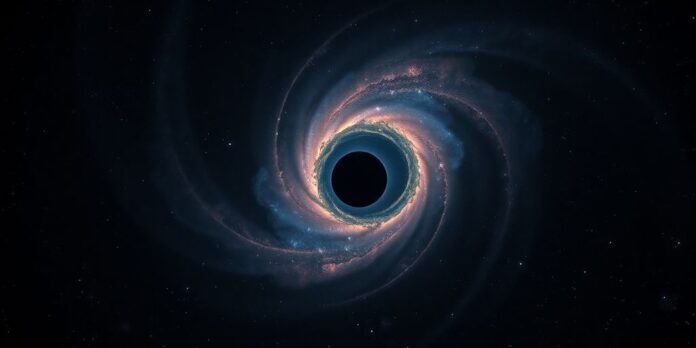A groundbreaking study from Radboud University in the Netherlands has revealed that the universe may meet its end much sooner than previously anticipated. By applying Stephen Hawking’s theory of black hole radiation to other cosmic objects, researchers have significantly revised the timeline for the universe’s demise, suggesting it could occur in approximately 10^78 years instead of the previously estimated 10^1100 years.
Key Takeaways
- New research indicates the universe could end in about 10^78 years.
- The study extends Hawking radiation theory beyond black holes to white dwarfs.
- Earth’s fate remains unchanged, with the Sun expected to engulf it in about 8 billion years.
- The findings raise questions about the behavior of dark energy and the universe’s expansion.
The Revised Timeline
Until now, estimates for the end of the universe stretched into the unimaginable future, with figures reaching 10^1100 years. However, the new calculations suggest a much shorter lifespan for the cosmos, approximately 10^78 years. Lead author Heino Falcke emphasized that while this timeline is significantly shorter, it still represents a vast expanse of time.
Hawking Radiation and Cosmic Objects
The research team, including Falcke and co-author Walter van Suijlekom, explored the implications of Hawking radiation beyond black holes. This phenomenon, first proposed by Stephen Hawking in the 1970s, posits that black holes emit radiation and gradually lose mass over time.
The study focused on white dwarfs, the remnants of stars that have exhausted their nuclear fuel. By analyzing the density of these stellar remnants, the researchers determined how long it would take for them to dissolve due to Hawking radiation. The findings indicate that:
- White Dwarfs: Approximately 10^78 years to evaporate.
- Neutron Stars and Stellar Black Holes: Roughly 10^67 years to decay.
Implications for Earth
Despite the unsettling news about the universe’s timeline, the study reassures that Earth’s fate remains unchanged. Scientists predict that within a billion years, the Sun will become too hot for life, leading to the boiling away of oceans. In about 8 billion years, the Sun is expected to expand and engulf the Earth, rendering it a lifeless shell.
Dark Energy and Future Research
This research coincides with ongoing investigations into dark energy, the mysterious force believed to drive the universe’s expansion. Recent findings suggest that dark energy might be weakening, which could lead to a reversal of the universe’s expansion in a scenario known as the Big Crunch.
Mustapha Ishak-Boushaki, a cosmologist involved in related research, noted the potential for a dramatic shift in cosmic dynamics if dark energy continues to fade.
Looking Ahead
Several international missions, including the Euclid space telescope and the Vera C. Rubin Observatory, are set to provide deeper insights into dark energy and the universe’s structure. These efforts may help clarify whether dark energy is indeed weakening and what that could mean for the universe’s ultimate fate. As scientists continue to explore these cosmic mysteries, the recent findings from Radboud University offer a fresh perspective on the universe’s ticking clock.
In conclusion, while the end of the universe may be closer than previously thought, humanity has ample time to evolve and adapt before facing the final moments of cosmic existence.
Sources
- The End of the Universe Will Happen Sooner Than Expected — Scientists Reveal Unsettling New Timeline, Indian Defence Review.
- The universe may die sooner than expected, Popular Science.


